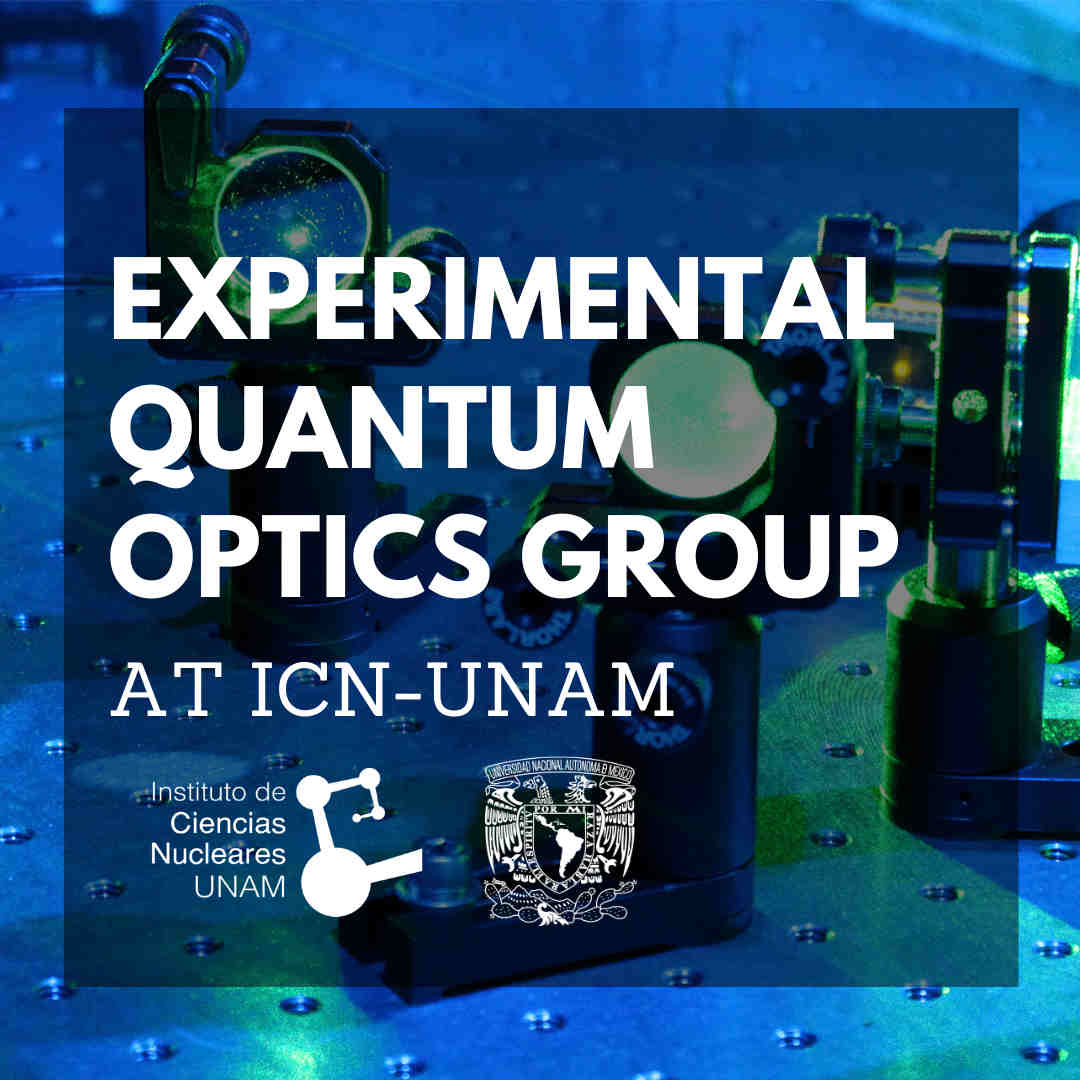News
 24/09/2021
24/09/2021We are very glad to announce that Erasto Ortiz Ricardo successfully defended his Ph.D. thesis on September 10th 2021. His main Ph.D. project was the development of a photon pair source based on fused silica microspheres, with sub-MHz emission bandwidths demonstrated.
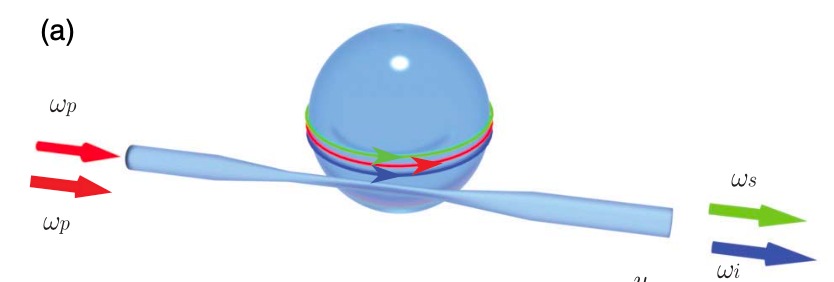 24/09/2021
24/09/2021New paper from our group “Submegahertz spectral width photon-pair source based on fused silica microspheres” has been accepted in Photonics Research.
Abstract: High-efficiency submegahertz bandwidth photon pair generators will enable the field of quantum technology to transition from laboratory demonstrations to transformational applications involving information transfer from photons to atoms. While spontaneous parametric processes are able to achieve high-efficiency photon pair gen- eration, the spectral bandwidth tends to be relatively large, as defined by phase-matching constraints. To solve this fundamental limitation, we use an ultrahigh quality factor (Q) fused silica microsphere resonant cavity to form a photon pair generator. We present the full theory for the spontaneous four-wave mixing (SFWM) process in these devices, fully taking into account all relevant source characteristics in our experiments. The exceptionally narrow (down to kilohertz-scale) linewidths of these devices in combination with the device size results in a reduction in the bandwidth of the photon pair generation, allowing submegahertz spectral bandwidth to be achieved. Specifically, using a pump source centered around 1550 nm, photon pairs with the signal and idler modes at wavelengths close to 1540 and 1560 nm, respectively, are demonstrated. We herald a single idler-mode photon by detecting the corresponding signal photon, filtered via transmission through a wavelength division multiplex- ing channel of choice. We demonstrate the extraction of the spectral profile of a single peak in the single-photon frequency comb from a measurement of the signal–idler time of emission distribution. These improvements in device design and experimental methods enabled the narrowest spectral width (Δν =366 kHz) to date in a heralded single-photon source based on SFWM.
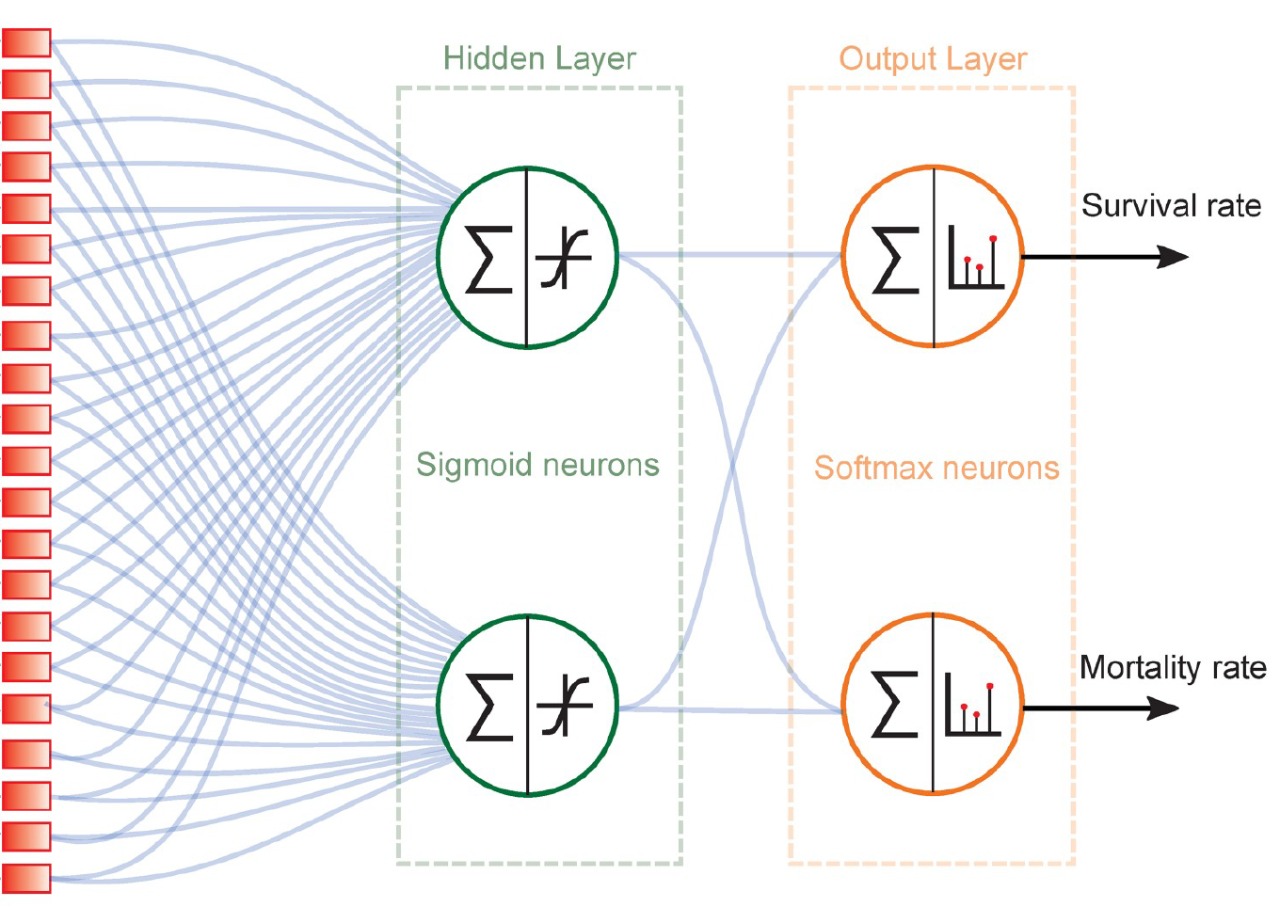 24/09/2021
24/09/2021New paper form our group “Identification of high-risk COVID-19 patients using machine learning” has been published in PLOS ONE.
Abstract: The current COVID-19 public health crisis, caused by SARS-CoV-2 (severe acute respira- tory syndrome coronavirus 2), has produced a devastating toll both in terms of human life loss and economic disruption. In this paper we present a machine-learning algorithm capa- ble of identifying whether a given patient (actually infected or suspected to be infected) is more likely to survive than to die, or vice-versa. We train this algorithm with historical data, including medical history, demographic data, as well as COVID-19-related information. This is extracted from a database of confirmed and suspected COVID-19 infections in Mexico, constituting the official COVID-19 data compiled and made publicly available by the Mexican Federal Government. We demonstrate that the proposed method can detect high-risk patients with high accuracy, in each of four identified clinical stages, thus improving hospital capacity planning and timely treatment. Furthermore, we show that our method can be extended to provide optimal estimators for hypothesis-testing techniques commonly-used in biological and medical statistics. We believe that our work could be of use in the context of the current pandemic in assisting medical professionals with real-time assessments so as to determine health care priorities.
 02/06/2020
02/06/2020We are very glad to announce that Pablo Daniel Yépiz Graciano successfully defended his Ph.D. thesis on june 1st 2020, on the subject of quantum optical coherence tomography. The defense was carried out remotely due to the COVID19 health emergency.
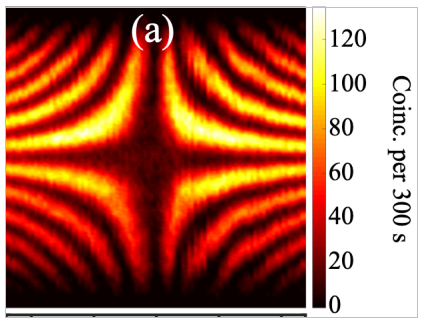 10/06/2020
10/06/2020New paper from our group entitled "Spectrally-resolved Hong-Ou-Mandel interferometry for Quantum-Optical Coherence Tomography" has been published in Photonics Research, and was selected as editor's pick
Abstract: In this paper, we revisit the well-known Hong-Ou-Mandel (HOM) effect in which two photons, whichmeet at a beamsplitter, can interfere destructively, leading to null in coincidence counts. In a standardHOM measurement, the coincidence counts across the two output ports of the beamsplitter are monitoredas the temporal delay between the two photons prior to the beamsplitter is varied, resulting in the well-known HOM dip. We show, both theoretically and experimentally, that by leaving the delay fixed at aparticular value while relying on spectrally-resolved coincidence photon-counting, we can reconstruct theHOM dip, which would have been obtained through a standard delay-scanning, non-spectrally-resolvedHOM measurement. We show that our numerical reconstruction procedure exhibits a novel dispersioncancellation effect, to all orders. We discuss how our present work can lead to a drastic reduction in thetime required to acquire a HOM interferogram, and specifically discuss how this could be of particularimportance for the implementation of efficient quantum-optical coherence tomography devices.
 01/06/2020
01/06/2020New paper from our group entitled “A weak values approach for testing simultaneous Eisntein-Podolsky-Rosen elements of reality for non-commuting osbervables" to appear in Communications Physics.
Abstract: In questioning the completeness of quantum mechanics, Einstein-Podolsky-Rosen (EPR) claimed that from the outcomes of local experiments performed on an entangled system, it was possible to ascribe simultaneous reality to the values of certain incompatible observables. As EPR acknowledged, the inevitable disturbance of quantum measurements prevents the precise verification of these assertions on a single system. However, the EPR elements of reality can still be tested at the ensemble level through weak measurements ---which minimally disturb the measured system--- by interpreting the EPR assertions as assertions about weak values that follow from the outcomes of projective measurements. Here, we report an implementation of such a test through joint weak measurements followed by postselection on polarization-entangled photon pairs. Our results show that there is a correspondence between the obtained joint weak values and the inferred elements of reality in the polarization version of the EPR assertions.

